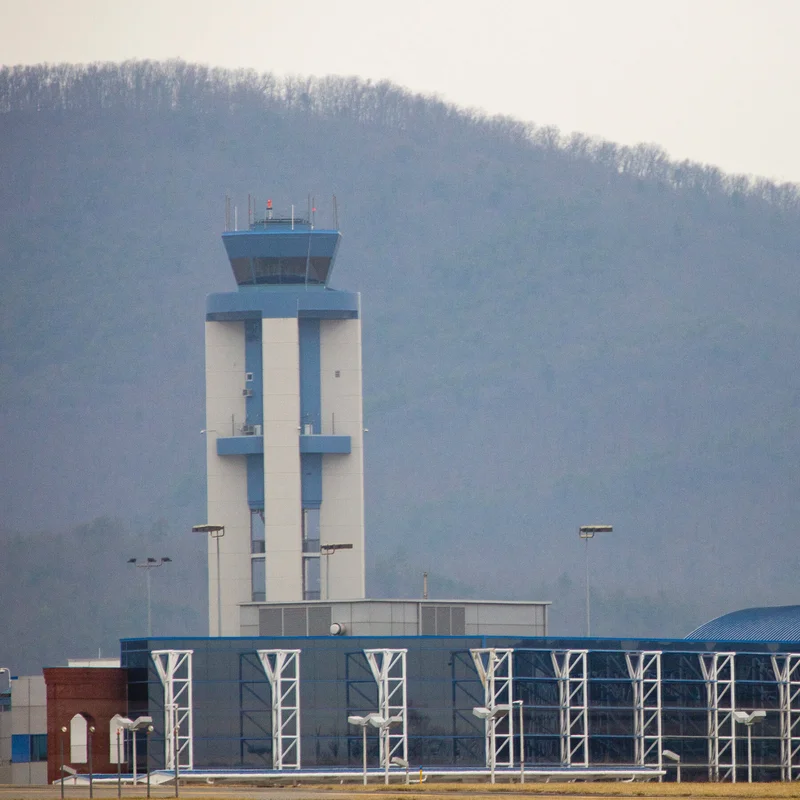Table of Contents
- Digital Meltdown: What Happened?
- Major Services Affected
- Was AWS Behind the Chaos?
- How Users Were Impacted
- Restoration Efforts Underway
- Sources
Digital Meltdown: What Happened?
On Monday morning, October 20, 2025, internet users across the globe were met with spinning wheels, error messages, and complete service blackouts. A widespread outage struck some of the world’s most relied-upon digital platforms—including Amazon, Venmo, WhatsApp, and even the UK government’s official website.
The disruption, which began around 9 a.m. ET, left millions unable to shop, message, bank, or access critical public services. Social media quickly lit up with frustration as users scrambled to confirm whether the issue was on their end—or something much bigger.
Major Services Affected
According to real-time outage tracker DownDetector, the following high-profile platforms reported significant service failures:
- Amazon
- Venmo
- Snapchat
- Roblox
- Hulu
- McDonald’s app
- Coinbase
- Zoom
- Slack
- Gov.uk (UK government portal)
- Fortnite
- Duolingo
- Microsoft 365
- Signal
- Canva
- Wordle
The breadth of affected services—spanning finance, entertainment, education, and government—suggests a common infrastructure failure rather than isolated bugs.
Was AWS Behind the Chaos?
While no official statement has been released by Amazon Web Services (AWS) as of press time, early indicators point to a potential outage in one of AWS’s core data centers. Given that AWS powers a vast portion of the internet—including many of the apps listed above—even a minor disruption can cascade into global downtime.
Historically, AWS outages have triggered similar domino effects. In 2021, a brief AWS failure took down streaming platforms, smart home devices, and delivery apps for hours. This latest incident appears to follow the same troubling pattern.
How Users Were Impacted
For many, the outage wasn’t just an inconvenience—it was disruptive to daily life:
- Remote workers lost access to Slack and Microsoft 365, halting productivity.
- Parents couldn’t load Duolingo or Roblox for their children’s school or leisure activities.
- Shoppers found Amazon and McDonald’s apps unresponsive during peak ordering hours.
- UK citizens were unable to access essential government services via gov.uk.
- Cryptocurrency traders reported failed transactions on Coinbase during a volatile market window.
“I tried Venmo three times to pay my babysitter,” said Maya R., a user in Chicago. “Each time it said ‘service unavailable.’ I had to run to an ATM—something I haven’t done in years.”
Restoration Efforts Underway
By early afternoon, some services began showing signs of recovery. WhatsApp and Snapchat users reported intermittent functionality returning around 1 p.m. ET. Amazon’s status page remained silent, but third-party monitoring tools noted gradual improvements in API response times.
Cybersecurity experts urge companies to diversify their cloud dependencies to avoid single points of failure. “Relying too heavily on one provider—no matter how robust—is a systemic risk,” said Dr. Elena Torres, a digital infrastructure analyst at MIT.
As of 3 p.m. ET, most platforms were operational again, though residual delays lingered in payment processing and video conferencing services.
Sources
The New York Times: Here’s a Partial List of Sites and Apps Affected by Outages
DownDetector Real-Time Outage Reports



